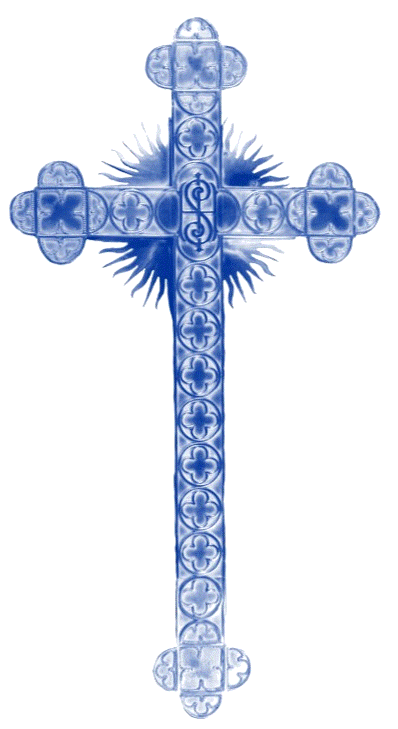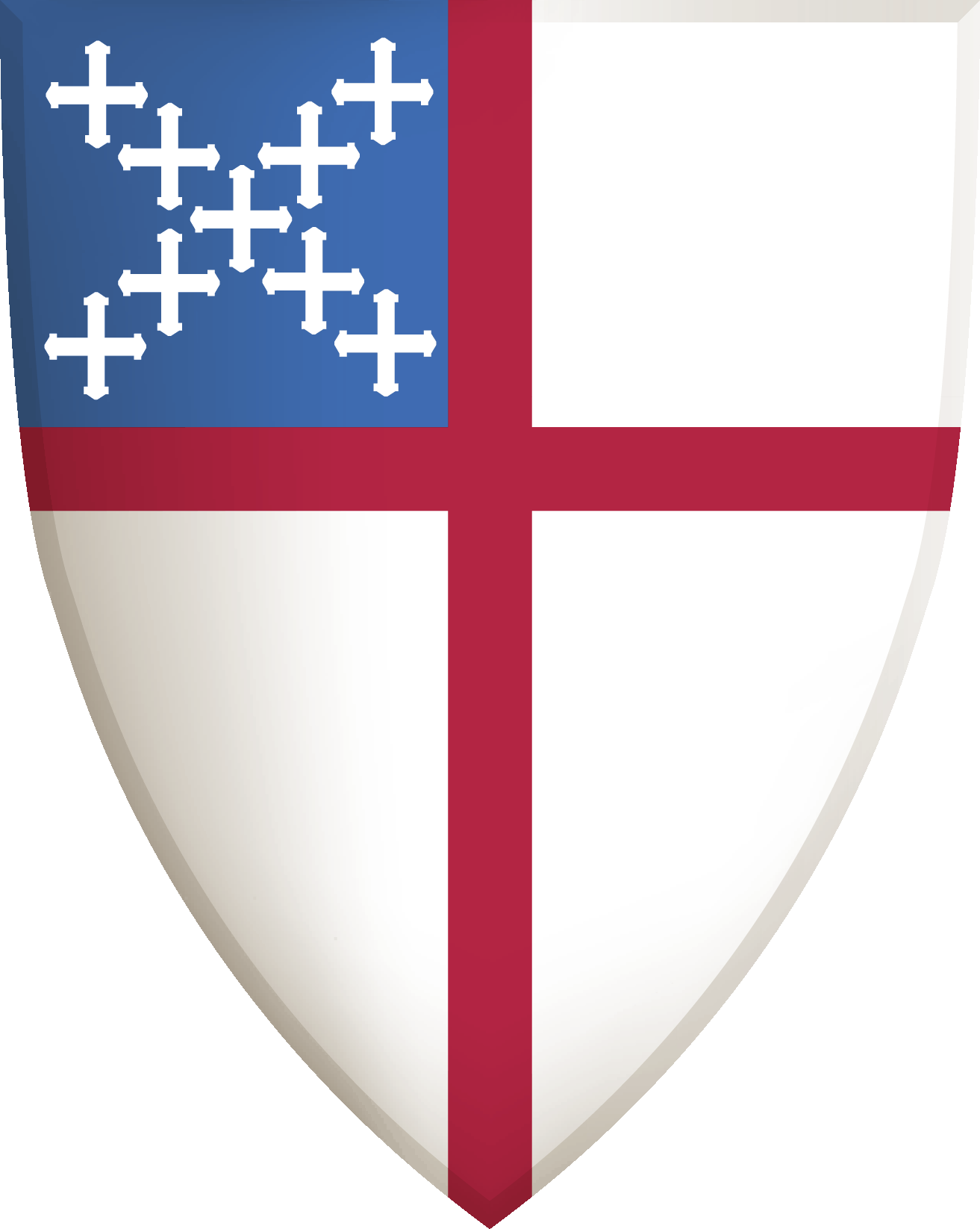Christ Church History

Three thousand miles across the Atlantic from London and one hundred miles inland from the Chesapeake port town that linked the colonies with the mother country lay the frontier outpost of Winchester. Its founder, James Wood, Sr., named the tiny 1740s settlement for a familiar English cathedral city. It was a fitting location for the first parish church to be built in that part of England's Old Dominion west of the Blue Ridge Mountains.
The established Anglican Church of the colony had arrived in Virginia in 1607 at Jamestown. However, European settlers had come to the Shenandoah Valley nearly two decades before Virginia's Colonial Legislature created the county and parish called Frederick, one of two new counties carved from Orange County. Dissenting Protestants in the Valley who disagreed with the doctrines, rites, or government of the established church were already holding worship services according to their own practice.
This short summary of the history of Christ Church is drawn from Brown, Katherine L., et. al. The History of Christ Church, Frederick Parish, Staunton, VA: Lot's Wife Publishing, 2001.
The Stewart Bell Jr. Archives Room at Handley Library in Winchester houses historical information about Christ Church for those seeking information for genealogy or other research.
By 1744, the first members of the Vestry were being elected and charged by Virginia law with building a church, employing a minister, and carrying out other civic and social responsibilities. By the late 1740s, a crude wooden church had been completed adjacent to the courthouse, amid much controversy concerning the mismanagement of Vestry funds. But as the French and Indian War drew to a close, the Parish and the Vestry were in a fairly strong position. A new stone church would be completed about 1766 and was considered one of the finest buildings in Winchester.
The 1827 diocesan convention was important in the Parish annals as the time when Frederick Parish took the name Christ Church. Almost immediately after the convention, members of the church launched a campaign to tear down the old stone church and build a larger "fashionable" one a few blocks away. By the time a deed to the new location was recorded on October 6, 1828, the deed described "a lot on which stands a new unfinished building for an Episcopal Church." The cornerstone for the present day church was laid on June 24, 1828 on lot Number 6 laid out by James Wood in 1758, fronting Boscawen Street.
Darkness and despair would engulf the region as the nation entered the Civil War in April 1861. Winchester suffered horribly during the four-year conflict. Without a regular minister and under martial law much of the time, Christ Church had regular church services only sporadically during 1861-1863. Smashed windows seemed to be the most severe damage suffered by the church during the Civil War. Spiritually, however, the congregation was hit hard until the war ended and the Rev. William Meredith, Rector of Christ Church, returned from the fighting. The task of rebuilding the congregation and assisting the citizens of the war torn town in rising from the ashes lay ahead for Rev. Meredith.
As the church approached the 20th and, then, the 21st centuries, the needs of an increasingly urbanized church seem almost endless. But, the story of a faith community such as Christ Church is the story of building for a faithful future.



